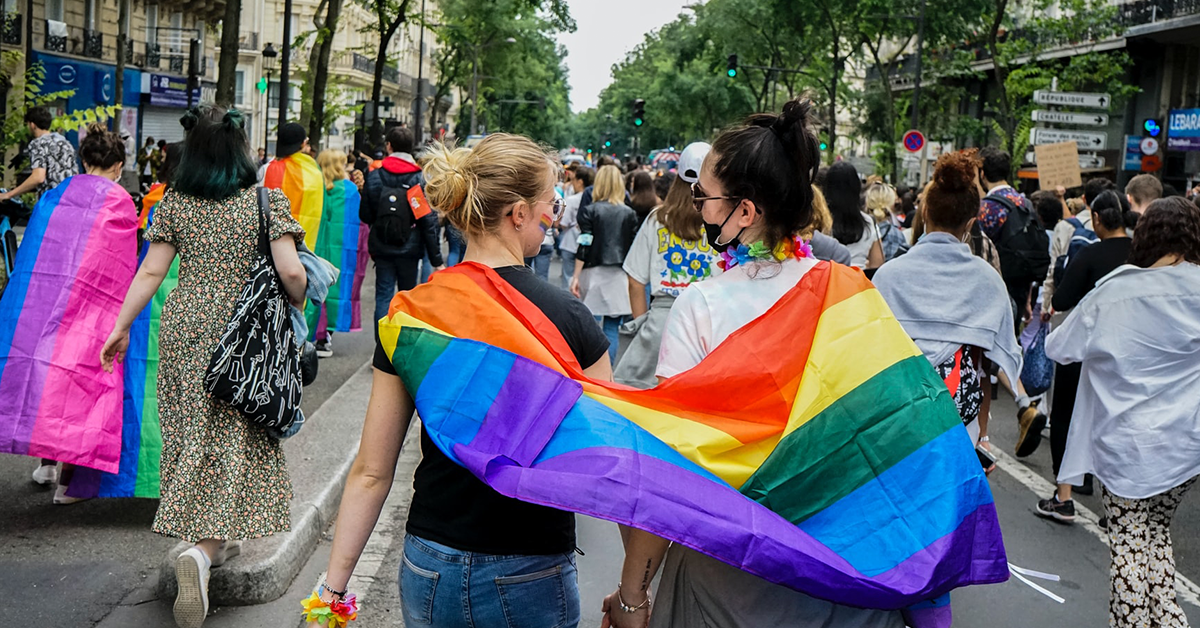Parents, it’s official: Gen Zs are more likely to identify as LGBTQIA+ than any other generation.
In fact, more than one in five Gen Z adults in the USA identifies as LGBTQIA+ according to a 2021 Gallup survey.
That’s double the percentage from when Gallup first asked Gen Zs in 2012.
Our data at Year13 paints a similar picture, with between 17% and 22% of Aussie Gen Zs telling us they identify as LGBTQIA+ in our two most recent nationwide surveys, each polling over 1000 15 to 24 year olds.
So what’s behind the staggering increase in LGBTQIA+ identification in young people, and how does it compare with other generations?
Breaking the binary notions of sexuality
First of all, according to the Gallup study which surveyed different generations on this topic, Millennials (now aged 26-41) are also reporting increased LGBTQIA+ identification – from 5.8% in 2012, to 10.5% in 2021.
However the number of Gen Xers, baby boomers and traditionalists (people born before 1946) identifying as LGBTQIA+ has held more or less steady.
Jeff Jones, author of the Gallup poll, suggested changing societal norms underscore the increasing number of Gen Zs identifying as LGBTQIA+.
“Kids are growing up now … in a very different environment (and are) much more likely because of their environment to acknowledge that and to accept that compared to people in the past who were in a similar situation,” Jones said.
And, as more Gen Zs enter adulthood, we’ll see the numbers soar.
“The sharp increase in LGBTQIA+ identification amongst Gen Zs since 2017 also indicates that the younger Gen Z members are more likely than the older members of the generation to identify as LGBT,” Jones said.
“And should that trend within Gen Z continue, the proportion of U.S. adults in that generation who say they are LGBTQIA+ will grow even higher once all members of the generation reach adulthood.”
Translated into numbers?
As Gen Zs comprise an increasing proportion of the adult population, people identifying as LGBTQIA+ could make up 15% of the total adult population in the not-so-distant future.
And for the distant future? Only time will tell.






